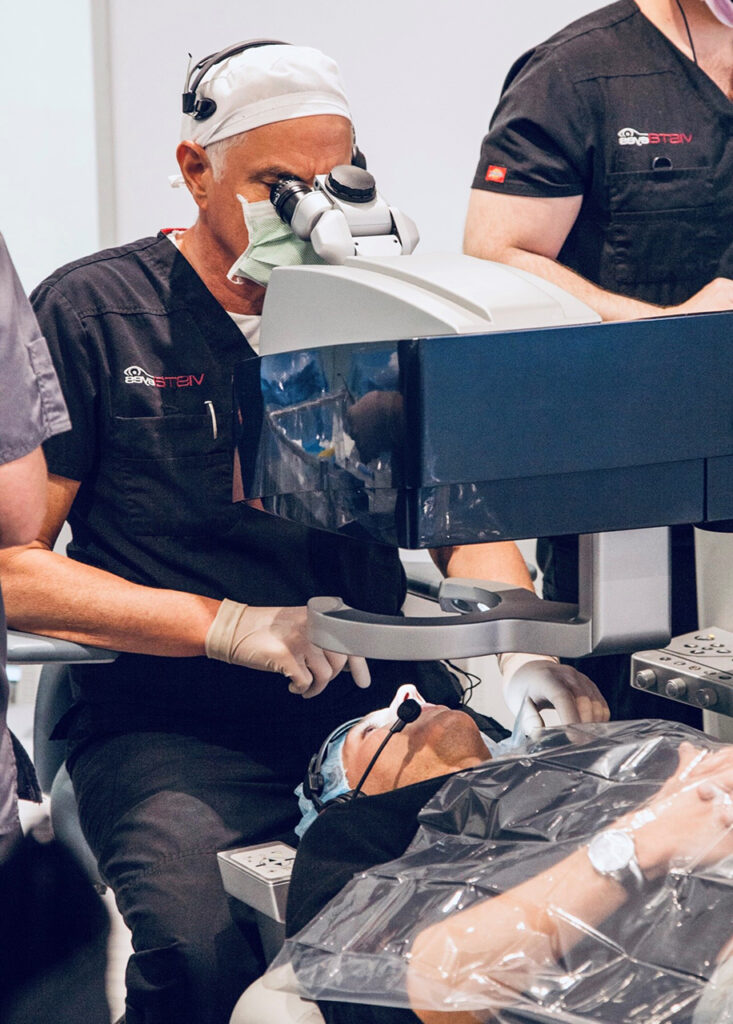PRK, also known as ASLA eye surgery, successfully treats myopia, hyperopia and/or astigmatism. In this procedure, cornea surface cells are softened and removed before the underlying cornea is reshaped using a customised laser pattern. Here are all the details on who is suitable for PRK eye surgery, so you can see if you may be a good candidate.
Vision Conditions
First, laser eye surgery specialists use PRK eye surgery to correct short-sightedness, long-sightedness, and astigmatism. If you’ve been diagnosed with myopia, hyperopia and/or astigmatism, you tick the first box of approval for this laser eye surgery.
High Prescriptions
People with high prescriptions may also be eligible for PRK eye surgery. If you rely on high-prescription glasses or contact lenses to help you see close-up or far distances, it’s worth speaking to a laser eye surgery specialist to see if PRK could improve your vision.
Thin Corneas
If you have thin corneas but otherwise healthy eyes, you may be suitable for PRK as an alternative to LASIK surgery. There must be enough corneal tissue for reshaping during LASIK, and if your corneas are too thin, LASIK may not be possible. In that case, PRK laser eye surgery may be the better option.
Irregular Corneas
If your corneas have an irregular shape, then PRK may be a better option than LASIK. Your eye surgeon will carefully evaluate the shape of your cornea and overall vision to ensure your eye structure suits laser surgery.
Visit Laser Eye Surgery Specialists in Melbourne
PRK / ASLA eye surgery has proven successful for thousands of patients with myopia, hyperopia and/or astigmatism. Contact Vista Eyes today to discuss pRK eye surgery and find out if it’s right for you.
*This information is general in nature. All medical and surgical procedures have potential benefits and risks. Consult your ophthalmologist for specific medical advice.
